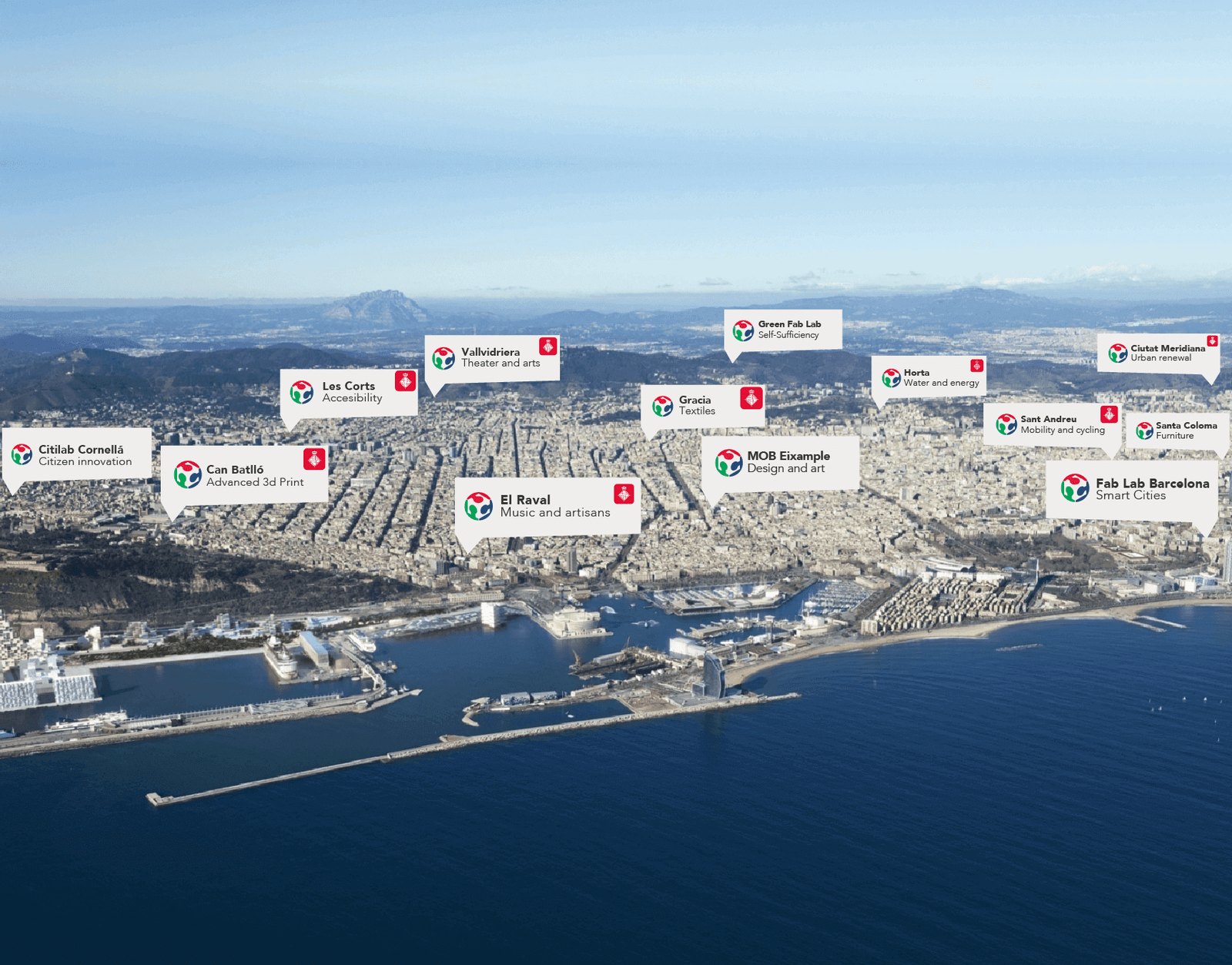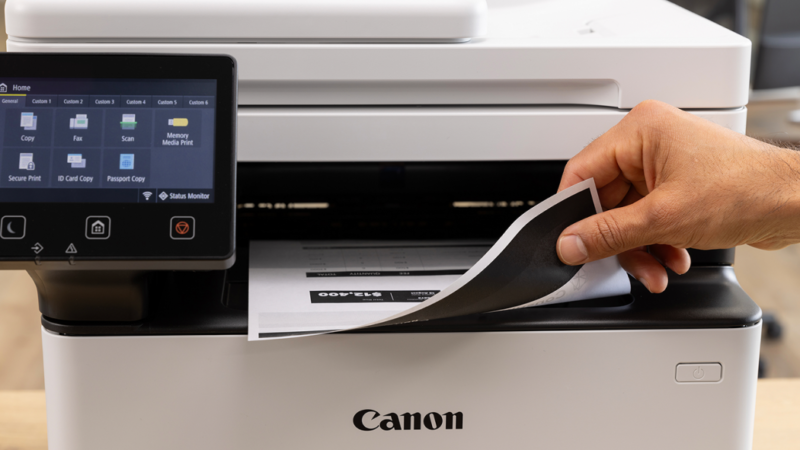Fabcity yucatan: a model of social innovation promoted by citizens

Globally connected cities that can exchange information, but are locally self-sufficient, that is, they can generate their own food, their own energy. This seeks the global FabCity movement, of which FabCity Yucatán is a good example.
Fabcity is a network of innovation and open laboratories so that any citizen can approach and with digital manufacturing machines, create anything.
In 2014, the mayor of Barcelona, Xavier Trías, challenged the cities of the world to produce everything they consume by the year 2054.
From this challenge arose the Fab City Global Initiative, which seeks to promote a model of change of materials from ‘Products In Trash Out’ (PITO) to ‘Data In Data Out’ (DIDO), which means that sustainable models of production and that the imports and exports of a city are mainly in the form of data (information, knowledge, design, code), through citizen innovation.
The Fab City global initiative today has 38 cities in the world working on the model, of which 9 are in Latin America. One of them is in the Mexican city of Mérida (Yucatán)
Ileana Cerón Palma is the founder and director of FabCity Yucatán and with her we discussed the projects that have been developed with the participation and empowerment of citizens.
Where does your interest in creating this organization come from?
We are a network of innovation and open laboratories so that any citizen can approach and with digital manufacturing machines, create anything. In Barcelona, this global FabCity initiative arises, which is a bit of a challenge for cities, of how they can create globally connected cities between now and 2054, that can exchange information, but locally self-sufficient, that is, that they can generate their own food, your own energy, distributed production systems, etc. So, as a result of that, each city every year goes up and says “I raise my hand.” We were locally with the issues of cities and urban planning, and we decided not only to join the initiative, but to found this association so that we could detonate projects and build this FabCity in the state of Yucatán and in different municipalities.
Before FabCity, what was your experience in all urban and innovation issues?
Clear. As a career I am an architect. I spent four years in Barcelona doing a PhD precisely in Science and Technology. We were exploring how to put food greenhouses in the areas and in the industrial warehouses of Barcelona, and how the carbon dioxide (CO2) in people, what we breathed, was functional in plants; So since that time I have been very involved in this issue of the city and in the whole issue of planning. Later, I was in public administration at the Municipal Planning Institute of Mérida and this whole city issue not only fascinates me, but my entire team.
Since when has FabCity been in Yucatán and what have been the results so far?
It has been consolidated for about three years and the main results we have had is that we have achieved a very collaborative work both in the state and at the municipal level, and we have also opened collaboration ties with other cities in Mexico and other international institutions that projects have funded us. Now we have five projects that are already being replicated in other cities and that has a lot of value for us because that chip is being changed, that it is betting on this type of projects that involve citizens, technology and city planning.
Let’s talk about each of those projects, starting with SensaCitizens
This SensaCitizens project arises as a pilot project that consists of how citizens are involved to solve real problems through data capture. This is how this program was designed based on experiences that have taken place at the FabLab in Barcelona. SensaCitizens tries to first identify environmental problems through decentralized workshops in the city so that different people can participate and when all that is mapped, a topic is selected – in our case it was the topic of air quality and it was pointed out a group of 27 people who were called citizen champions-, so that a topic of technological empowerment begins now, in workshops so that they can undertake and consolidate a sensor previously designed but that they calibrate and program, and that have all their configuration to that they can go out and do all the exercises. Then the data is analyzed and understood, what is happening and then the challenge is to communicate it to the street. As out? an in is made






